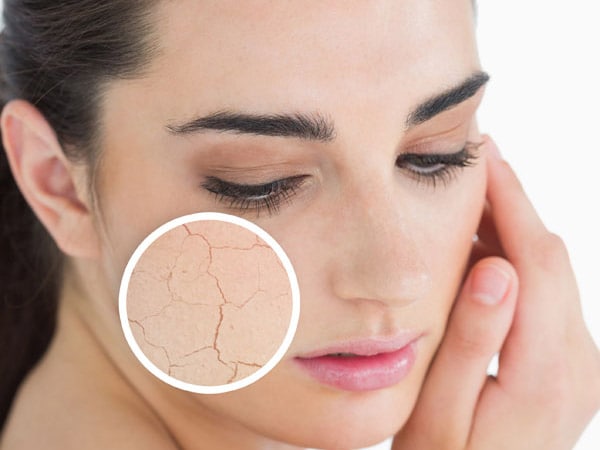Most people do not pay too much attention to dry skin as compared to oily skin. Little did they know that parched skin could banish your youth as well as your health of your complexion? Along with flaking, dullness and red patches, dry skin can intensify fine lines on your face making you look older than your age. This can also cause microscopic cracks that invite bacteria into your body.
Here are strategies to care for your dry skin.
FOR THE FACE:
1. Be gentle on your face. Don’t be too tough on your face. Avoid using abrasive scrubs like loofah, washcloths, and other scrubbing agents that can strip away more of skin’s fragile outer layer. If you are washing your face, use baby washcloth as it is gentler than a regular washcloth. Wet it and massage on your face in small, circular motions.
2. Use milder cleansers. Avoid surfactant such as sodium lauryl sulfate as this can suck away moisture. Look for mild, nonsudsy and fragrance-free cleanser. To give your skin the hydration it needs, use milk two to three times a week. The lactic acid found in milk acts as mild cleanser and the fat is extra moisturizing. Pour three ounces of milk into a cup. Using a soft washcloth, soak it to the milk and massage it into your skin.
3. Rehydrate your skin. Apply soothing aloe mask to your face tor rehydrate skin and reduce redness and inflammation. Get a fresh aloe vera leaf and rub a thick layer of the sap onto clean skin. Leave it for 15 minutes, then rinse.
4. Keep humidity levels. The higher the humidity, the less dry the skin. Retaining your face soft and smooth during wet weather is tricky. If you live in a dry climate, use home humidifier to raise humidity in the room.
5. Don’t forget your eyelids. This area of the face is considered as dry prone because the skin is thin and fragile. If your eyelids are red, itchy, or scaly, apply hydrocortisone cream a few times a day to help hydrate and lessen redness.
6. Nix alcohol-based skin products. People with dry skin should avoid using alcohol wipes or toners. These products can dry your skin.
FOR THE BODY:
1. Take short, cool showers and baths. Hot baths can affect moisture to the skin as it strips away the skin’s natural barrier, causing moisture loss. Did you know that water could take moisture from the skin? Too much soaking during bath time makes water to seep out of your skin. That is why you should not take longer baths. Overbathing causes repeated wetting and drying of tissue that holds the outer layer of the skin. Over time, it can make your skin less able to hold and retain water. When taking a bath, wash with lukewarm water and add a few drops of pure almond, wheat germ or grape seed to your bath. The oil added to your bath will create a comforting, moisturizing layer on the skin that will retain hydration. Taking your baths short keeps moisture on your skin.
2. Shampoo and condition your hair first. When taking a bath, shampoo your hair first then condition it before you cleanses your body. Why? It is because the suds coming from shampoo and conditioner run over your body and face, depositing a film caused by strong cleansers and moisturizers found in many hair products. After shampooing and conditioning, lather up with mild, fragrance-free soap that will remove those moisture-zapping and itch-inducing chemicals to the skin, leaving it soft and supple.
3. Moisturize after bath. Use cream type lotion to keep your skin moist. Heavy cream moisturizer is great for dry skin for it locks in necessary moisture. Apply lotion right after you bathe wherein the skin is still damp. Use thick and unscented lotions that do not disappear immediately on the skin.
4. Avoid alcohol. Excessive consumption of alcohol causes dryness to skin. When you drink alcohol, it lowers the water concentration of the blood, making the skin appear parched.
